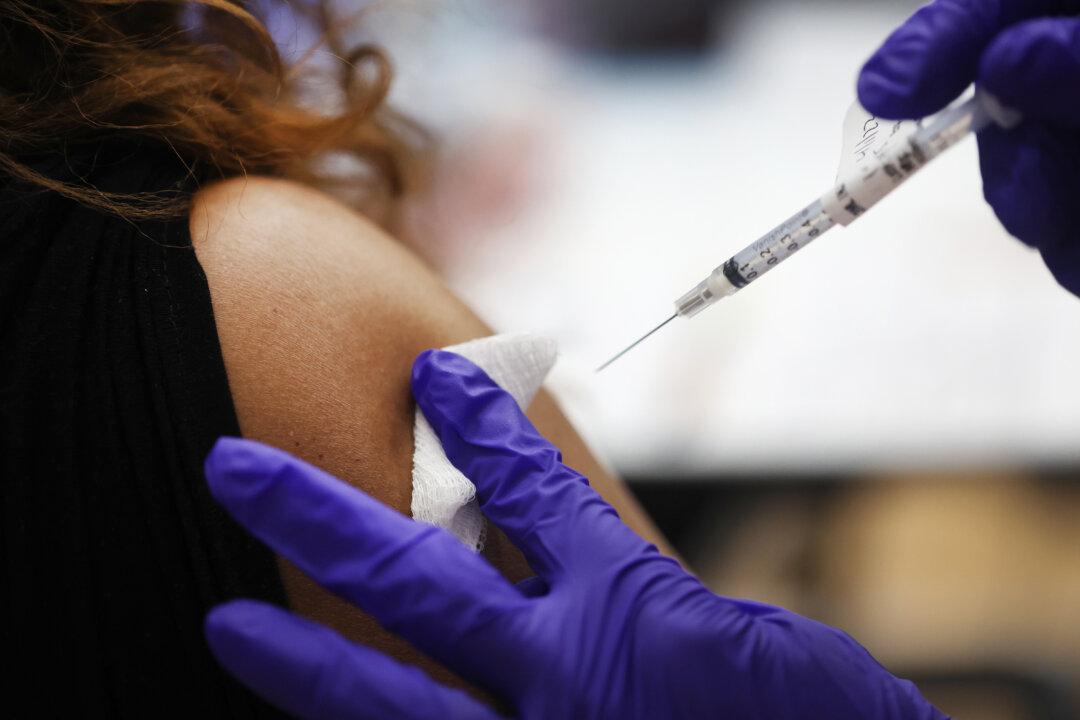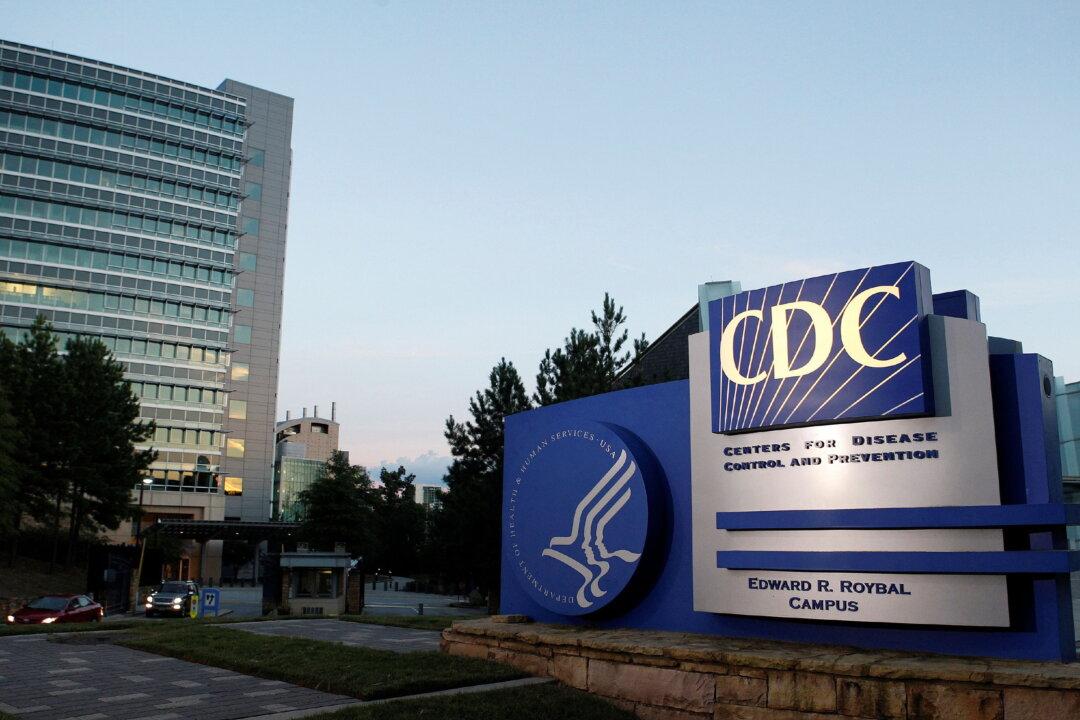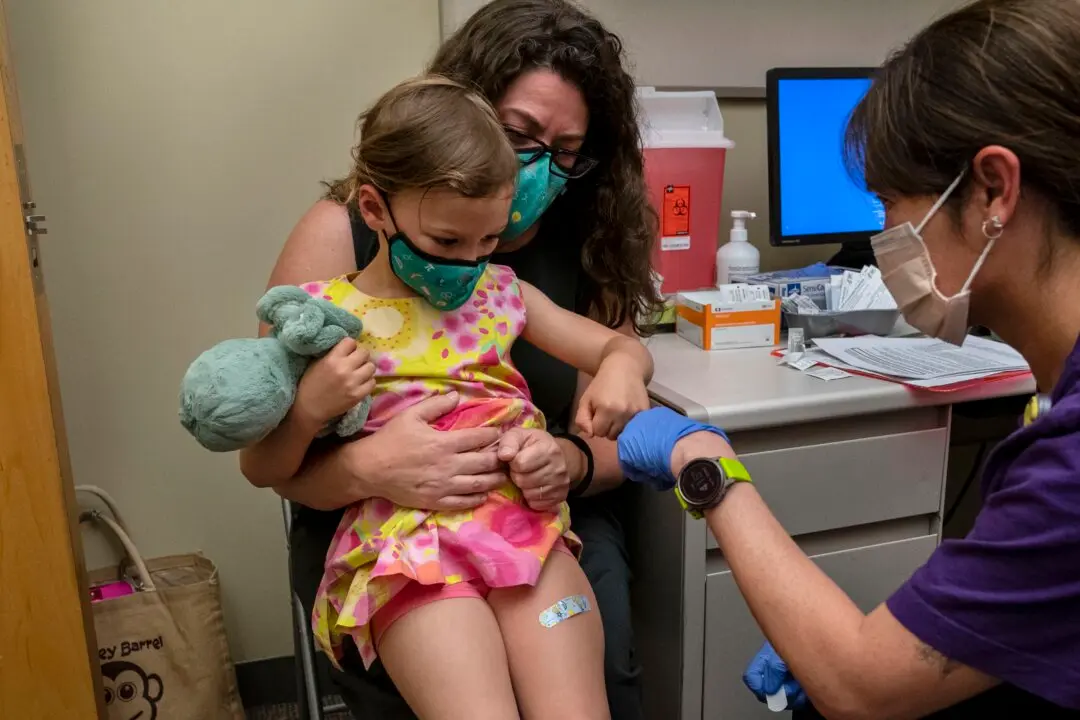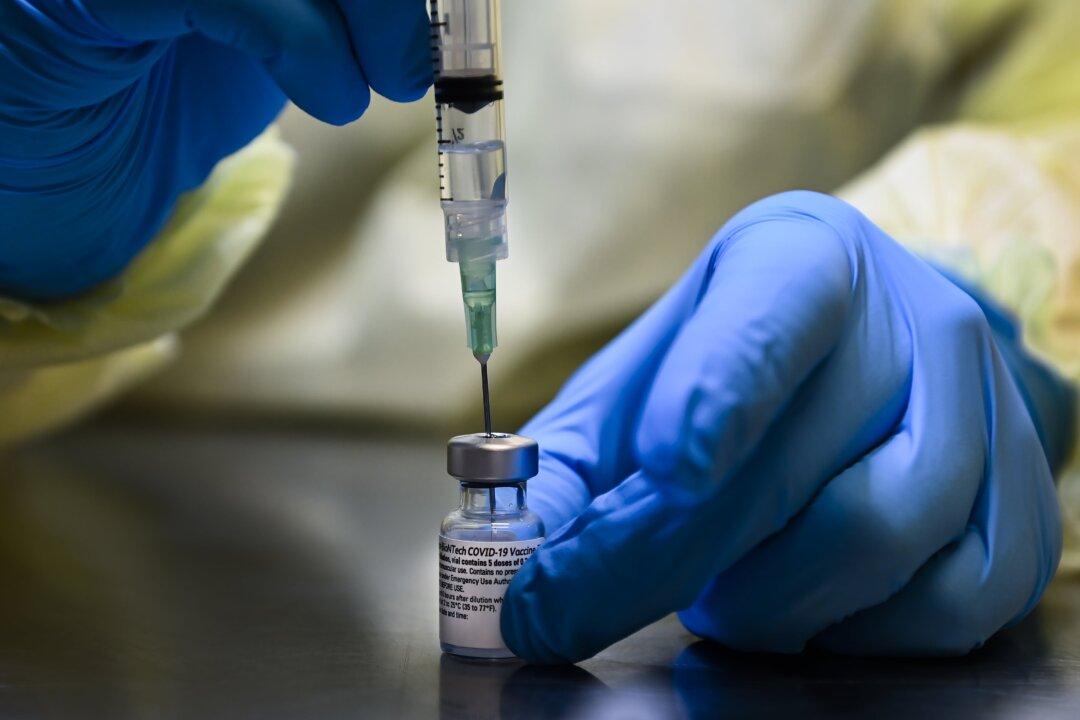A recent study designed to detect whether wearing masks could more than halve the rate of COVID-19 infection found that they could not, but left open the possibility of some degree of lesser protection.
“We designed the study to detect a reduction in infection rate from 2 percent to 1 percent. Although no statistically significant difference in SARS-CoV-2 incidence was observed, the 95 percent CIs [Confidence Intervals] are compatible with a possible 46 percent reduction to 23 percent increase in infection among mask wearers,” the authors wrote.






